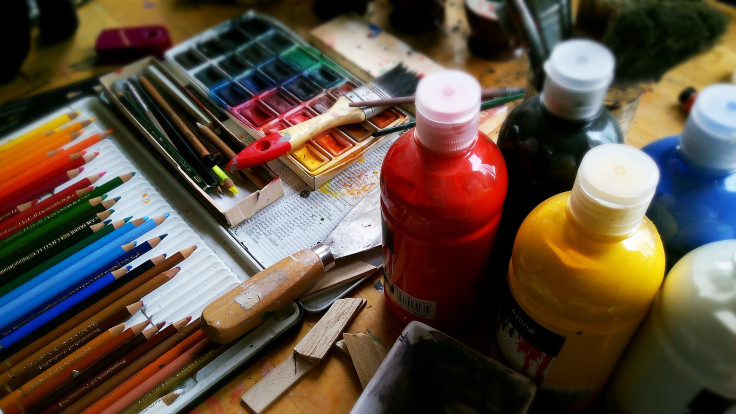,The Rise Of AI-Generated Art And Why Artists Are Skeptical

Social media has seen an influx of art showcasing people as famous paintings, anime characters, mythical beings, 1930's actresses and Greek Gods. However, these works of art aren't being commissioned by artists in studios but are made through artificial intelligence.
The trend of using AI apps to create personal avatars and portraits has rapidly increased in popularity, but not everyone is on board. Some in the art community are concerned about protecting intellectual property while others worry that what appears to be harmless fun could be sourcing user data.
Two of the most popular apps are Lensa and MyHeritage AI-Time Machine. For $3.99, you can upload between 10-20 photos of yourself on the Lensa app on your phone, and within minutes, the app uses its AI system to generate 100 photo avatar photos in different art and style settings.
The Philadelphia Inquirer reports that #Lensa has over half a million posts on Instagram as of Monday. TechCrunch+ reported the app was downloaded 1.6 million times in November, a jump of over 630% from the previous month.
MyHeritage AI-Time Machine follows a similar structure: people upload 10-20 photos of themselves, pay a little over $12, and then present them in different historical art styles or periods. On TikTok, the trend has become particularly popular, with #aiheritage being viewed over 27 million times, #aitimemachine being viewed 37.3 million times, and #myheritage being viewed almost 729 million times.
While the apps and images they make are fun, many artists are growing concerned about AI's rise in the art world. AI learns through the consumption of images and data, with many AI systems using public art and adding it to their systems. The more people upload their photos to the apps, the more information the AI has to work with to generate accurate images.
A significant concern is that AI systems are stealing intellectual property. If art can be found online, including copyrighted images, it can be used by an AI to learn and train without giving the original artists credit for their work. There are no legal safeguards to protect the work being used to train AI.
Polish concept artist and illustrator Greg Rutkowski said his work had been used in prompts by AI services Midjourney and Stable Diffusion without his permission. "It's been just a month. What about in a year? I probably won't be able to find my work out there because [the internet] will be flooded with AI art," Rutkowski told the MIT Technology Review.
The website Have I Been Trained was created for artists to see if their work was used to train AI. Artists can type in a keyword, phrase, name, or photo and see the art created from their work. For example, when putting Rutkowski's name into the system, hundreds of images pop up of creations mimicking his work, but none are his original images. The site searches 5.8 million images that are used to train popular AI programs.
Artists are concerned not only for the safety of their work but also that their whole livelihoods are on the line as AI art becomes more popular and its means of creation speed up and become more accessible.
"Once their models are trained up enough to think like us — as in, the people usually hired to do creative thinking — they can sell products and services that more or less replace us," said Jacksonville Flordia-based creative director and illustrator Kingsley Spencer to The Philadelphia Inquirer.
© Copyright IBTimes 2025. All rights reserved.



















